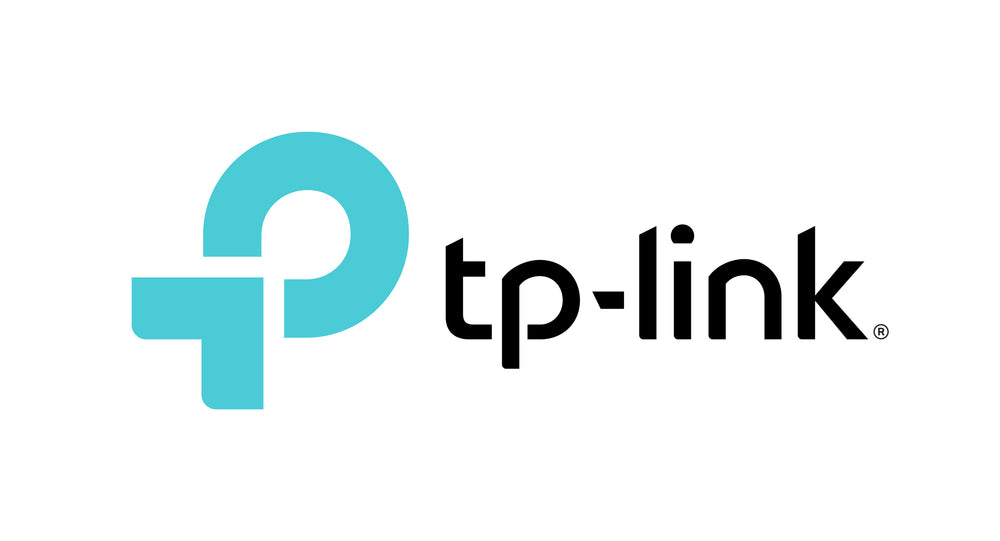


TP-Link
TP-Link Omada BE11000 Ceiling Mount Wi-Fi 7 Access Point EAP772 - NFR
- BE11000 Tri-Band Wi-Fi 7 (5760 Mbps on 6 GHz + 4320 Mbps on 5 GHz + 574 Mbps on 2.4 GHz).†
- A clear 6 GHz band brings cleaner and wider band resources.‡
- 1× 2.5G Port unlocks the full potential of Wi-Fi 7.
- 320 MHz bandwidth enables many more simultaneous transmissions.‡
- Multi-Link Operation and Multi-RUs ensure the high performance of your network.‡
- Advanced Functions: Centralized management, mesh, and AI roaming.△
†Maximum wireless signal rates are the physical rates derived from IEEE Standard 802.11 specifications. The 320 MHz bandwidth is only available on the 6 GHz band. Simultaneously, the 160 MHz and 240 MHz bandwidths or the 320 MHz bandwidth might not be available on the 5 GHz band or the 6 GHz band, respectively, in some regions/countries due to regulatory restrictions. Double channel width and speed refer to 320 MHz compared to 160 MHz for Wi-Fi 6 routers. Actual wireless data throughput, wireless coverage, and connected devices are not guaranteed and will vary as a result of internet service provider factors, network conditions, client limitations, and environmental factors, including building materials, obstacles, volume and density of traffic, and client location.
‡Use of Wi-Fi 7 (802.11be), Wi-Fi 6 (802.11ax), and features including Multi-Link Operation (MLO), 320 MHz Bandwidth, 6 GHz, 4K-QAM, Multi-RUs, OFDMA, MU-MIMO and BSS Color requires clients to also support the corresponding features.
**The actual capacity depends on the wireless environment and client traffic and is generally less than the maximum number of client connections.
△Omada Mesh, AI Roaming, Captive Portal, and Cloud Access require the use of an Omada SDN controller. Please refer to the User Guides of Omada SDN controllers for configuration methods.
- BE11000 Tri-Band Wi-Fi 7 (5760 Mbps on 6 GHz + 4320 Mbps on 5 GHz + 574 Mbps on 2.4 GHz).†
- A clear 6 GHz band brings cleaner and wider band resources.‡
- 1× 2.5G Port unlocks the full potential of Wi-Fi 7.
- 320 MHz bandwidth enables many more simultaneous transmissions.‡
- Multi-Link Operation and Multi-RUs ensure the high performance of your network.‡
- Advanced Functions: Centralized management, mesh, and AI roaming.△
†Maximum wireless signal rates are the physical rates derived from IEEE Standard 802.11 specifications. The 320 MHz bandwidth is only available on the 6 GHz band. Simultaneously, the 160 MHz and 240 MHz bandwidths or the 320 MHz bandwidth might not be available on the 5 GHz band or the 6 GHz band, respectively, in some regions/countries due to regulatory restrictions. Double channel width and speed refer to 320 MHz compared to 160 MHz for Wi-Fi 6 routers. Actual wireless data throughput, wireless coverage, and connected devices are not guaranteed and will vary as a result of internet service provider factors, network conditions, client limitations, and environmental factors, including building materials, obstacles, volume and density of traffic, and client location.
‡Use of Wi-Fi 7 (802.11be), Wi-Fi 6 (802.11ax), and features including Multi-Link Operation (MLO), 320 MHz Bandwidth, 6 GHz, 4K-QAM, Multi-RUs, OFDMA, MU-MIMO and BSS Color requires clients to also support the corresponding features.
**The actual capacity depends on the wireless environment and client traffic and is generally less than the maximum number of client connections.
△Omada Mesh, AI Roaming, Captive Portal, and Cloud Access require the use of an Omada SDN controller. Please refer to the User Guides of Omada SDN controllers for configuration methods.


